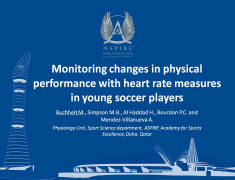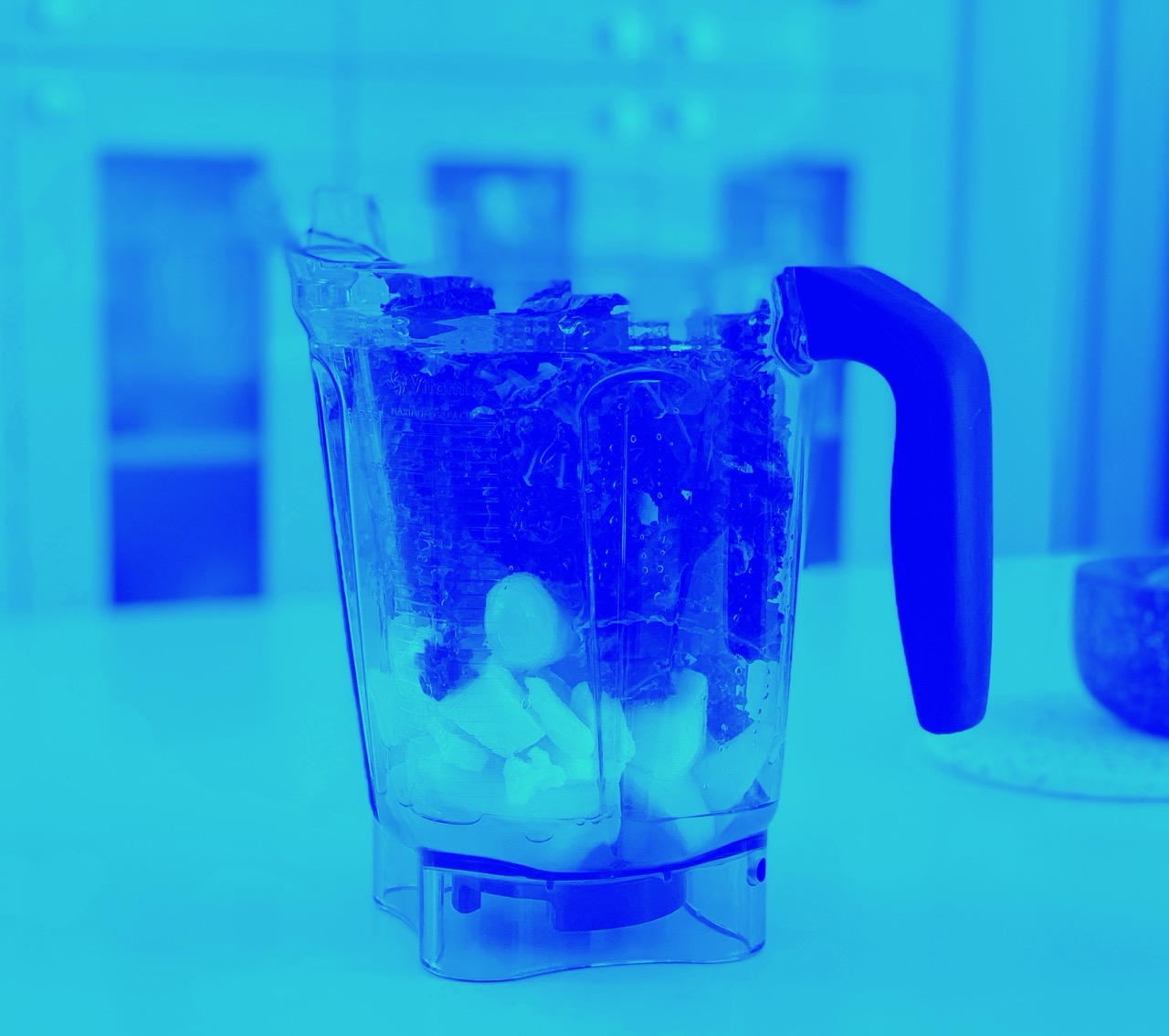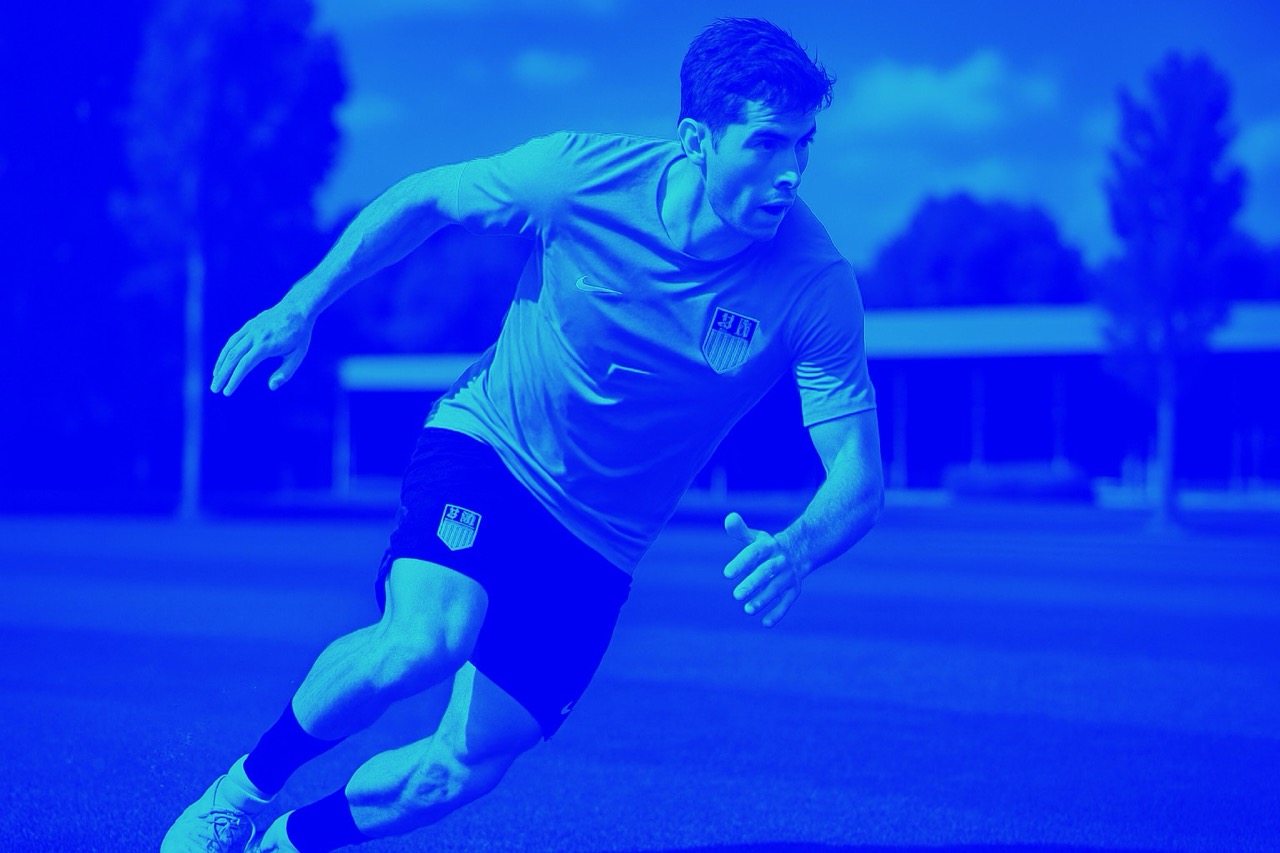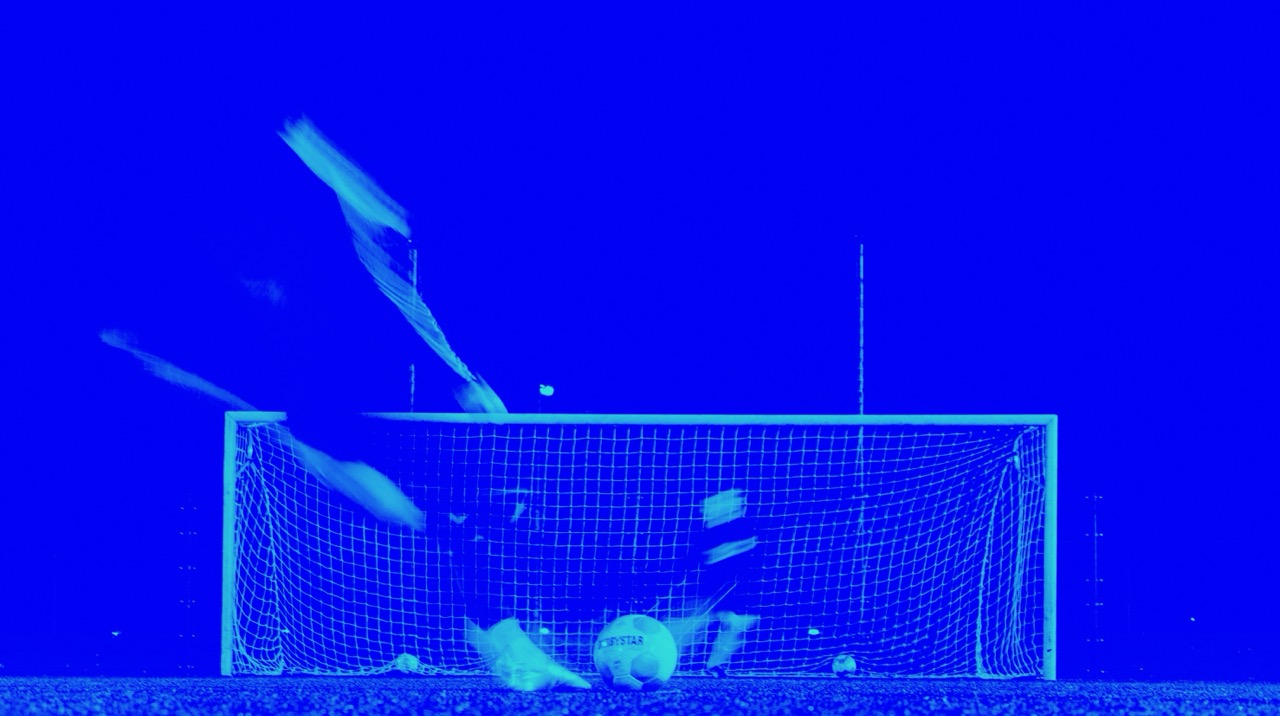Monitoring fitness in Football with the 5-5 test
Oral presentation @ the World Congress on Science & Football
pdf: Buchheit – Monitoring changes… (WCSF 2011)
Determinants of the variability of heart rate measures during a competitive period in young soccer players.
Source
Performance Enhancement and Talent Identification Section, ASPIRE, Academy for Sports Excellence, P.O. Box 22287, Doha, Qatar. martin.buchheit@aspire.qa
Abstract
Measurements of exercise heart rate (HR(ex)), HR recovery (HRR) and HR variability (HRV) are used as indices of training status. However, the day-to-day variability of these indices throughout a competitive soccer period is unknown. On 14 occasions during a 3-week competition camp, 18 under 15 (U15) and 15 under 17 (U17) years soccer players performed a 5-min submaximal run, followed by a seated 5-min recovery period. HR(ex) was determined during the last 30 s of exercise, while HRR and HRV were measured during the first and last 3 min of the post-exercise recovery period, respectively. U15 players displayed greater HR(ex) (P = 0.02) and HRR (P = 0.004) compared with the U17 players, but there was no difference in HRV (P = 0.74). The mean coefficient of variation (CV) for HR(ex) was lower than that for HRV [3.4 (90% CL, 3.1, 3.7) vs. 10.7 (9.6, 11.9)%, P < 0.001]; both were lower than that for HRR [13.3 (12.2, 14.3)%, P < 0.01]. In contrast to HR(ex) and HRR, the CV for HRV was correlated to maximal aerobic speed (r = -0.52, P = 0.002). There was no correlation between total activity time (training sessions + matches) and CV of any of the quantified variables. The variability of each of these measures and player fitness levels should be considered when interpreting changes in training status.
Monitoring changes in physical performance with heart rate measures in young soccer players.
Source
Physiology Unit, Sport Science Department, ASPIRE Academy for Sports Excellence, P.O. Box 22287, Doha, Qatar. martin.buchheit@aspire.qa
Abstract
The aim of the present study was to verify the validity of using exercise heart rate (HRex), HR recovery (HRR) and post-exercise HR variability (HRV) during and after a submaximal running test to predict changes in physical performance over an entire competitive season in highly trained young soccer players. Sixty-five complete data sets were analyzed comparing two consecutive testing sessions (3-4 months apart) collected on 46 players (age 15.1 ± 1.5 years). Physical performance tests included a 5-min run at 9 km h(-1) followed by a seated 5-min recovery period to measure HRex, HRR and HRV, a counter movement jump, acceleration and maximal sprinting speed obtained during a 40-m sprint with 10-m splits, repeated-sprint performance and an incremental running test to estimate maximal cardiorespiratory function (end test velocity V (Vam-Eval)). Possible changes in physical performance were examined for the players presenting a substantial change in HR measures over two consecutive testing sessions (greater than 3, 13 and 10% for HRex, HRR and HRV, respectively). A decrease in HRex or increase in HRV was associated with likely improvements in V (Vam-Eval); opposite changes led to unclear changes in V (Vam-Eval). Moderate relationships were also found between individual changes in HRR and sprint [r = 0.39, 90% CL (0.07;0.64)] and repeated-sprint performance [r = -0.38 (-0.05;-0.64)]. To conclude, while monitoring HRex and HRV was effective in tracking improvements in V (Vam-Eval), changes in HRR were moderately associated with changes in (repeated-)sprint performance. The present data also question the use of HRex and HRV as systematic markers of physical performance decrements in youth soccer players.




